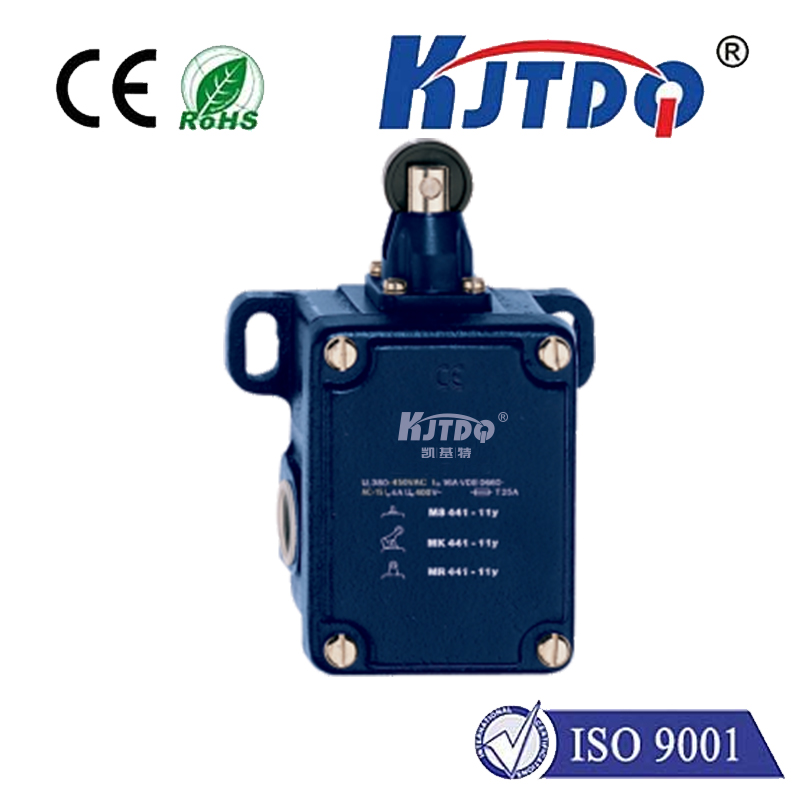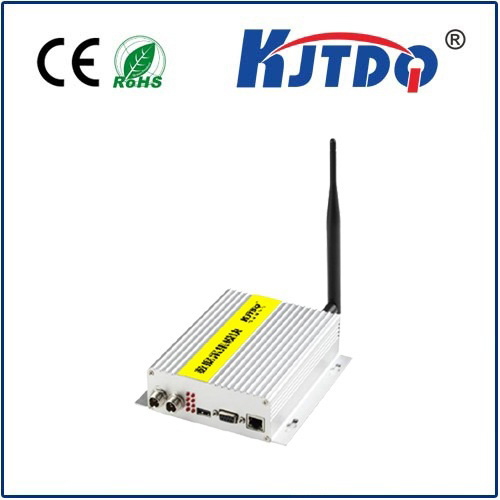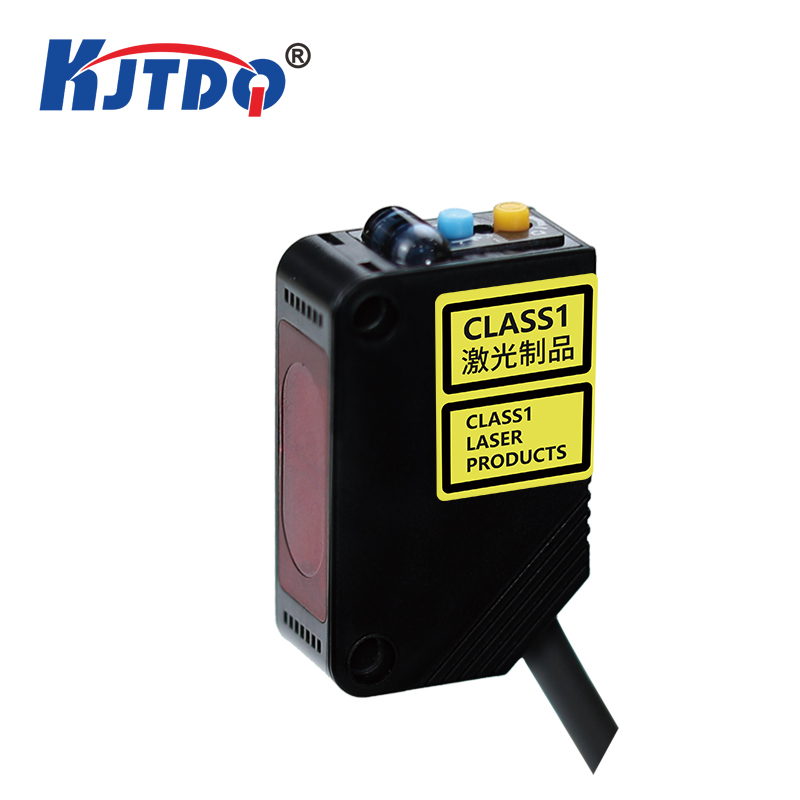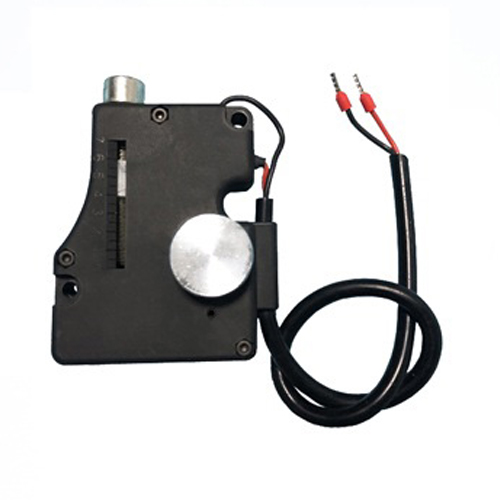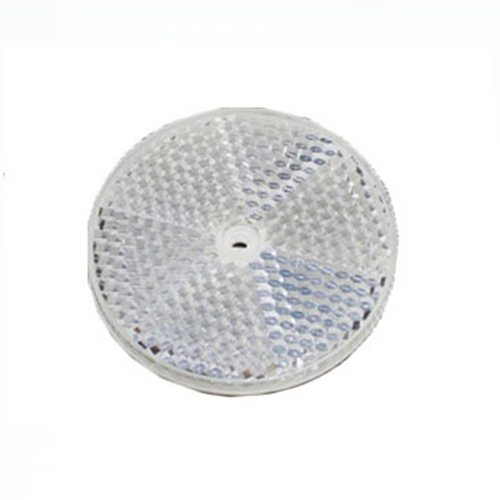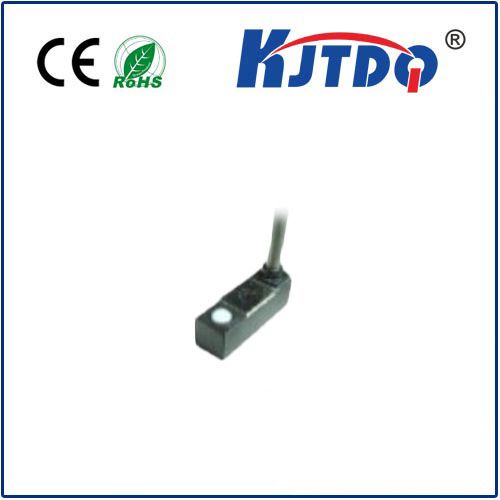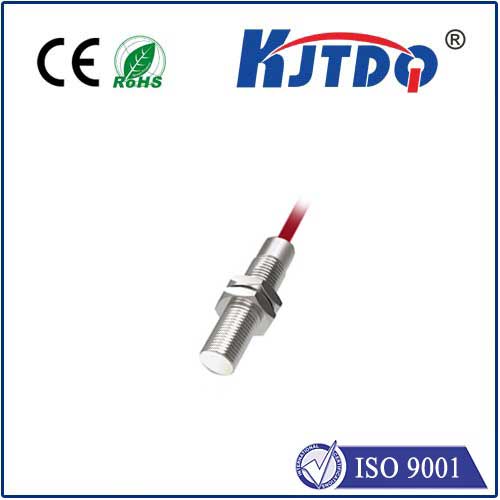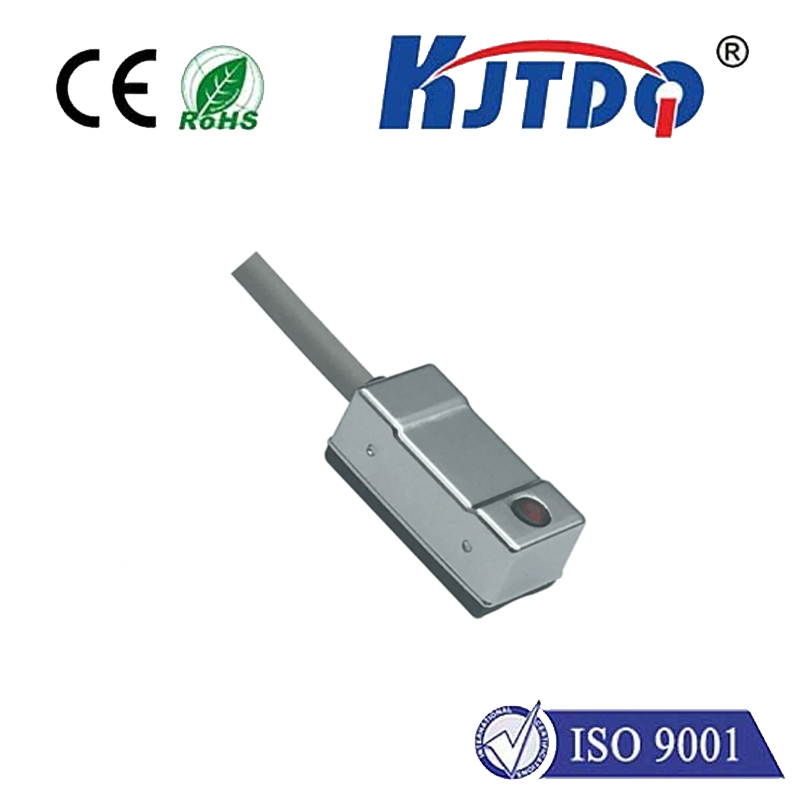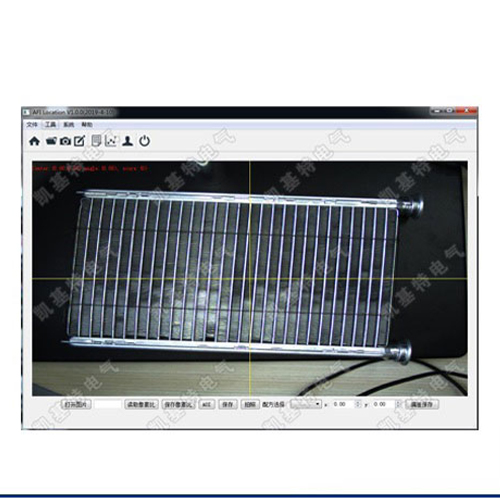

check

check

check

check

check

check

check

check

check

check
Title: Exploring the Diverse World of Photoelectric Sensors
Introduction:
Photoelectric sensors are an integral part of modern technology, serving as the backbone for various industries. They have revolutionized the way we perceive and interact with our environment by converting light signals into electrical ones. The term "jenis jenis sensor photoelectric" refers to the diverse types of photoelectric sensors available in the market, each catering to a specific application or requirement. In this article, we will delve into the different categories of photoelectric sensors and their unique features.
Types of Photoelectric Sensors:
1. Transmissive Sensors:

Transmissive sensors work on the principle of light transmission between two points. They consist of a transmitter and receiver placed opposite to each other, separated by a gap. When an object passes through this gap, it breaks the beam of light, causing a change in the received signal. These sensors are widely used in industrial automation, packaging machinery, and conveyor systems for object detection and counting.
2. Reflective Sensors:
Reflective sensors operate on the principle of light reflection. They consist of a single unit containing both the emitter and detector. The emitted light bounces off the target object and returns to the sensor, which detects the reflected light. This type of sensor is ideal for applications where space constraints make it difficult to install separate transmitter and receiver units. Some common uses include level monitoring, presence detection, and alignment control.
3. Color Sensors:
Color sensors are designed to distinguish between different colors or shades of light. They utilize color filters or spectral analysis techniques to detect specific wavelengths of light corresponding to different colors. These sensors find applications in quality control processes, such as sorting products based on color or identifying defects in colored materials. They are also used in color printing and packaging industries to ensure accurate color reproduction.
4. Proximity Sensors:
Proximity sensors detect the presence of an object without any physical contact. They use electromagnetic fields, ultrasonic waves, or infrared radiation to detect objects within a certain range. These sensors are commonly found in automotive industry (e.g., keyless entry systems), industrial safety systems (e.g., machine guarding), and consumer electronics (e.g., automatic door openers).
5. Optical Fiber Sensors:
Optical fiber sensors employ flexible glass or plastic fibers to guide light signals from the source to the detector. These sensors are known for their immunity to electromagnetic interference, high sensitivity, and ability to withstand harsh environments. They are used in various applications including structural health monitoring, medical diagnostics, environmental monitoring, and telecommunications.
Conclusion:
The realm of photoelectric sensors encompasses a wide variety of devices tailored for specific purposes. From transmissive sensors for object detection to optical fiber sensors for critical measurements, each type offers its unique advantages and challenges. As technology continues to evolve, we can expect further advancements in photoelectric sensor design and functionality, enhancing their role in shaping our world.
